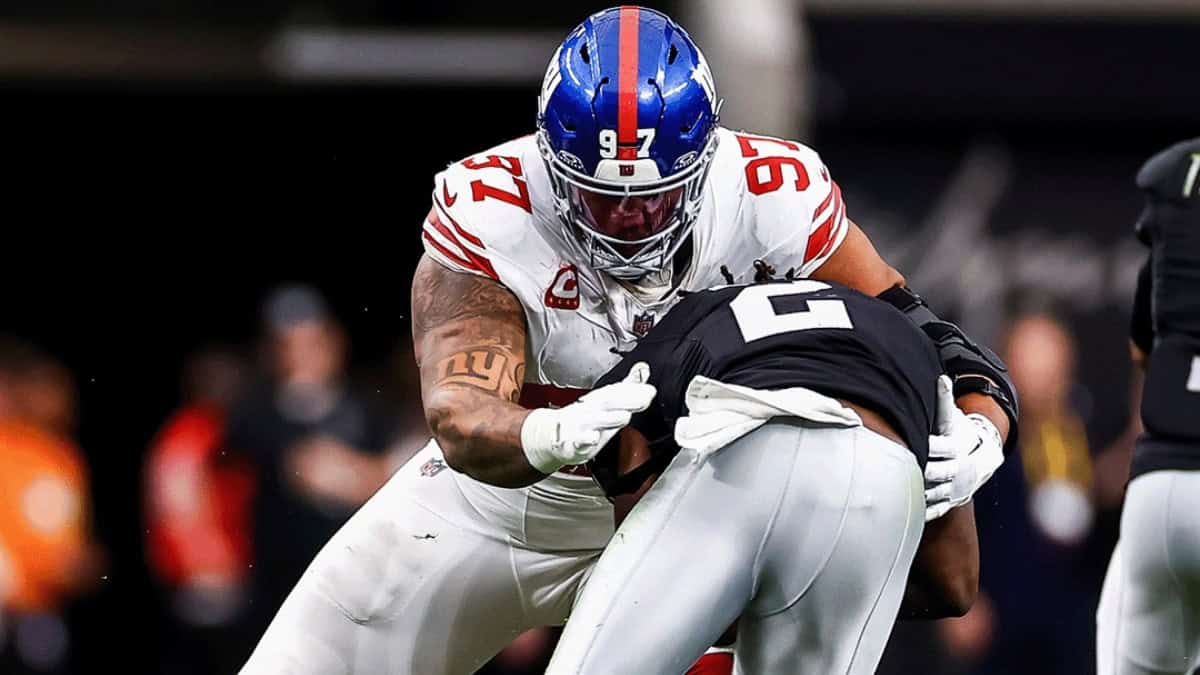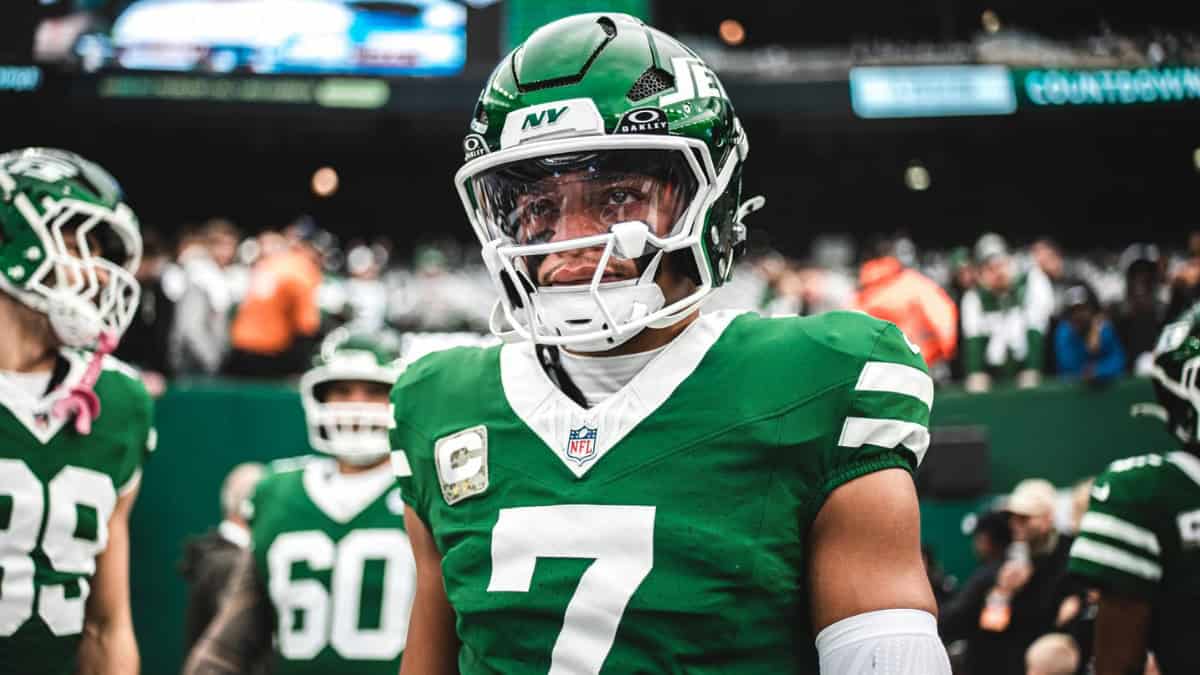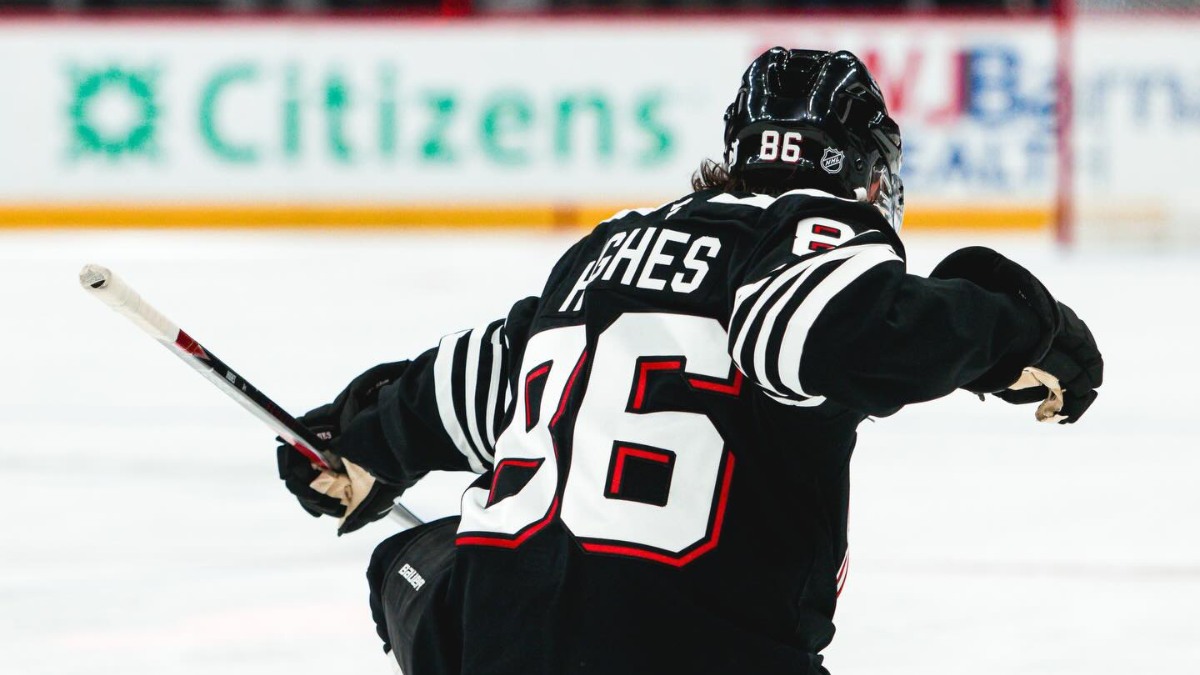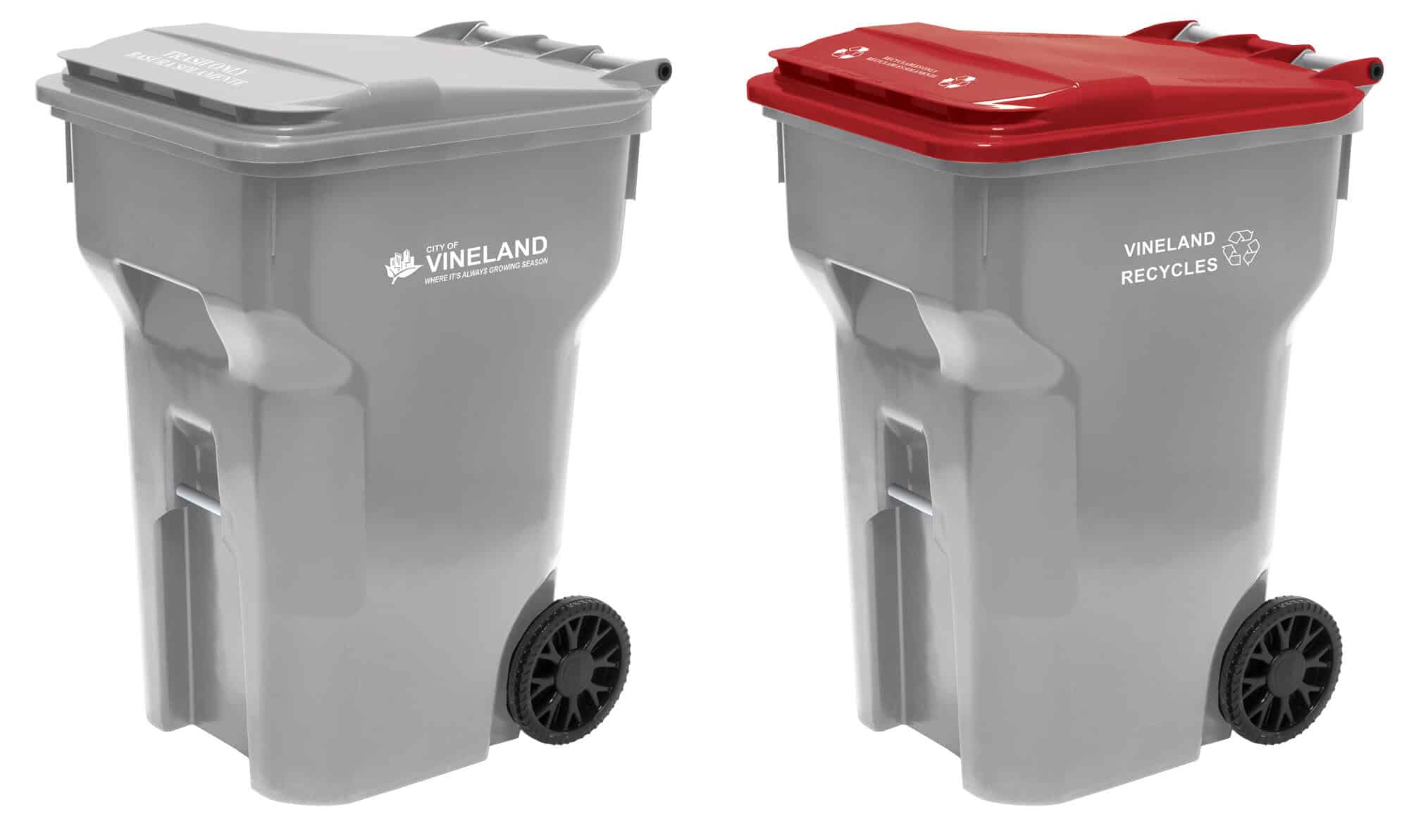NJ Devils Focus on Forward Depth, Select Five Forwards in Seven Picks at 2025 NHL Draft
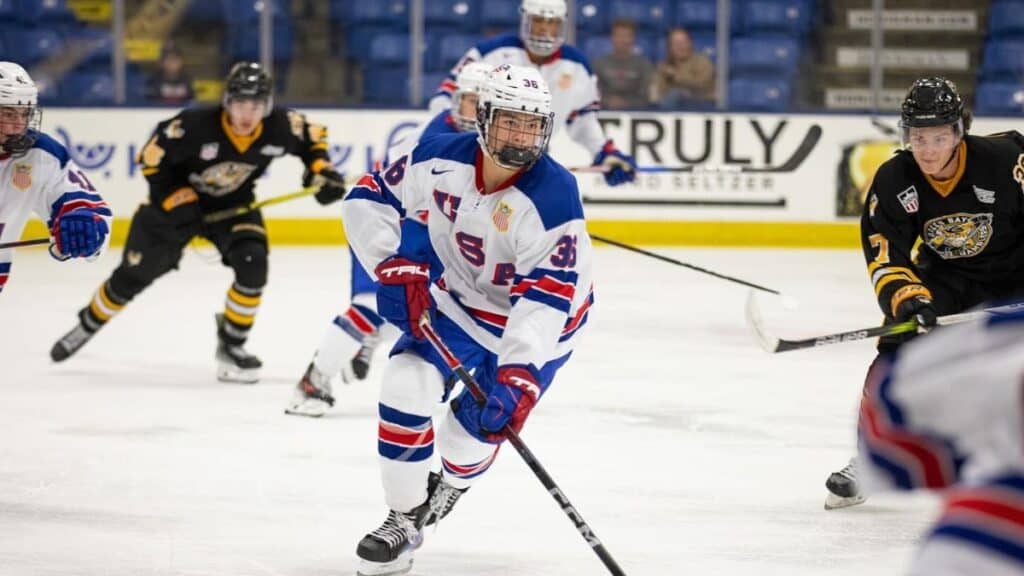
The New Jersey Devils arrived at the 2025 NHL Draft in Los Angeles with seven selections but no first-round pick, a result of previous trades that addressed immediate roster needs. Without a selection on Day One, they entered Day Two with a clear agenda: reinforce the pipeline down the middle, replenish forward depth, and focus on intelligent, high-upside players over raw physicality.
At pick No. 50 overall, they took Conrad Fondrk, a Boston University commit and standout from the USA Hockey National Team Development Program. Fondrk, a sturdy center from White Bear Lake, Minnesota, was wearing an “A” with Team USA’s U18 squad and recorded 13 goals and 14 assists in 40 games before a leg fracture in March ended his season. His frame, around 6 feet tall and 203 pounds, is already pro-ready, and his one-timer and offensive instincts were reportedly a big part of New Jersey’s interest. There’s still some skepticism from analysts about his ceiling, but the Devils believe Fondrk can grow into a top-nine role with time. He’ll start that path at BU under Jay Pandolfo, which could be the right fit for unlocking his potential.
Following closely at No. 63 overall, the Devils selected Ben Kevan, a winger from California who split time between Des Moines in the USHL and the U.S. NTDP. Kevan racked up 100 points over 110 games across two seasons and plays with a creative spark that fans love. He’s fast, elusive, and not afraid to try something unexpected. Scouts praised his off-puck movement and puck deception, and while he’s not always the zone entry guy, his ability to capitalize on broken plays or trailing defenders makes him an intriguing offensive prospect. Kevan’s heading to Arizona State, a program that’s been steadily climbing in stature.
Then, at No. 90, the Devils added another center, Mason Moe, from Eden Prairie, Minnesota. A University of Minnesota commit, Moe had 17 goals and 26 assists in 51 games with Madison of the USHL last season. He’s not a flashy scorer, but he has a cerebral, structured game and is praised for his ability to keep the puck moving, sustain offensive pressure, and win pucks back defensively. At 6’1” with a strong build, Moe profiles as a steady bottom-six NHL forward with the tools to possibly rise higher if he refines his shooting and physical game.
New Jersey used their fourth-round pick, 99th overall, on goaltender Trenten Bennett. A towering figure at somewhere between 6’6″ and 6’8″ depending on the source, Bennett is raw but promising. After a season in the CCHL with Kemptville, he got a brief stint with the OHL’s Owen Sound Attack, where he impressed with a .923 save percentage over six games. He’s committed to St. Lawrence University in 2026, and with size like that in the net, the Devils are willing to play the long game on his development.
At pick No. 114, the Devils returned to Sweden for another center, selecting Gustav Hillström from Brynäs IF. Hillström stood out for his two-way game in the J20 Nationell league, producing 38 points in 43 games while also making 18 appearances in the SHL. At 6’2” and right-handed, he brings size, faceoff skill, and defensive responsibility, all of which the Devils clearly valued in this draft. He’s also one of the few European players who already shows signs of being able to handle pro-level competition.
In the sixth round, 161st overall, the Devils selected David Rozsíval, a winger from Czechia and the nephew of former NHL defenseman Michal Rozsíval. With 37 points in 30 games in Czech juniors, David is a strong-skating, possession-oriented winger with a shoot-first mentality. While his offensive instincts are evident, his physical play is lacking; he tends to absorb more contact than he delivers. But the Devils saw something worth taking a chance on, especially with NHL lineage and solid production at a young age.
The final pick came at No. 178 with Swedish defenseman Sigge Holmgren. Once regarded as a top U18 defenseman in Sweden, Holmgren missed the entire 2024–25 season due to injury. Still, his earlier play for Brynäs in the J18 Nationell showed impressive structure and poise; he notched 16 points in 18 games and looked every bit a modern, positionally sound defender. The Devils are betting on him bouncing back and continuing that path, likely starting again in the Swedish junior ranks before getting SHL minutes.
Interestingly, while all of this rebuilding was happening behind the scenes, betting markets didn’t exactly move the needle based on New Jersey’s draft moves. Sportsbooks like ESPN BET and BetMGM still have the Devils floating in the mid-tier of Stanley Cup futures. Odds are hovering around +2000, putting them behind Eastern Conference contenders like Florida and Carolina. Vegas Insider has odds of +2200, showing doubt about whether the current team can solve its scoring problems, which these draft picks won’t fix right away. A column from the New York Post pointed out that the Devils’ betting interest has dropped in recent months due to injuries and uneven performance at the end of the season. The expectation is that Jack Hughes will return healthy, but without proven secondary scoring, sportsbooks are taking a wait-and-see approach. That said, if even two or three of these new prospects emerge in the next couple of years, those odds could swing.
From a developmental perspective, this was a practical draft. It wasn’t glamorous. There were no jaw-dropping trades or buzzy picks. But it was necessary. The Devils’ pipeline down the middle was dangerously thin, with only Matyas Melovsky and Samu Salminen standing out as under-25 center prospects before the draft. Moe and Hillström now join that group, and the addition of Fondrk, even though controversial to some, gives them another versatile piece who could shift to wing if needed. Given the number of picks traded away in recent years, especially in moves for goaltenders like Jake Allen, Kaapo Kähkönen, and Jacob Markström, it made sense that the Devils held onto their remaining selections this time.
In total, five of their seven picks were forwards, three of them natural centers. It’s not often you see a team so clearly address a positional need while also staying away from league-wide copycat trends. Many clubs drafted for size this year, taking 6’4” and 6’5” players on the upside alone. But the Devils stuck to their internal evaluations. They opted for players with defined traits, development plans, and fit over flash.
The truth is, most of these names won’t wear a Devils jersey for several years, if at all. Second-to-sixth-round picks rarely jump straight into the spotlight. But as we’ve seen with Jesper Bratt, who, coincidentally, was a sixth-rounder himself, sometimes all it takes is one late-round hit to change the narrative. And if Kevan or Hillström become steady NHL contributors, this draft will be remembered as a smart, understated success.
If a couple of these picks beat the odds and develop into depth contributors or even middle-six pieces, their futures stock could rise, both in terms of team performance and market value. With Development Camp underway and the Prospect Challenge around the corner this September, it’s a bet worth watching, just like some of the future lines where the Devils are hovering.

